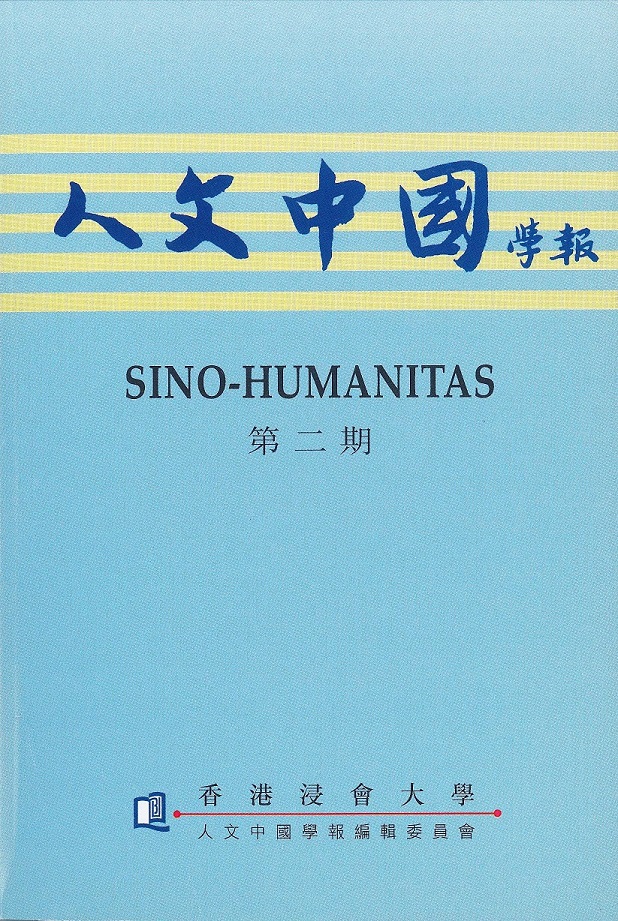北宋詠琴詩
Theme of Qin in poems of Northern Sung
DOI:
https://doi.org/10.24112/sinohumanitas.22302Abstract
LANGUAGE NOTE | Document text in Chinese; abstract also in English.
宋代文化素質之高,見於宋人之重科舉教育、出版繁榮,宋代士風之美,更為後世所稱道,士大夫的氣節情操固然是推動社會文明的主力,他們對於傳統文化的熱忱,是保存雅士文化與傳統藝術的重要支柱,文學方面雖説詩歌已不復盛唐,詞體又迅速發展,然詩壇景況不衰,反而詩家輩出;音樂方面,民間曲調已廣泛流行,文人莫不沉緬在輕歌漫舞、杯酒新詞的時代情調之中,卻又為衰廢已久的古樂、琴道大聲吶喊,使兩宋成為在歷中上少見的古樂整理及琴樂發達的一代。古今共存、雅俗並興,這種耐人尋味的現象正是宋代文化最顯著的特徵,追究原因主要是君主的提倡及士人對詩體、琴道的尊重所致。
本文主要工作檢閱北宋諸家詠琴詩作,除了從藝術角度之外也圖立足在詩、樂兩種藝術交滙點上,透視北宋文人生活,尤其是在北宋中期,這個昇平的學術、文化環境之中,詩、樂文化的創作空間與生存狀態。
The Northern Sung (960-1126) enjoyed more than one hundred and fifty years of peace and prosperity. A new popular form of poem Ci evoluted energetically in the world of literature, the Shi performed nevertheless its consistent creativity among literati. On the other side of popular songs that developed actively along with Ci, the traditional Qin music was preserved respectfully by literati. Both favoured by scholars and emporers, Qin and Shi symbolized then spirituel stature to most culturists and achieved through-out Chinese history an unique position in the world of refined art.
Published
How to Cite
Issue
Section
License
Copyright (c) 1996 人文中國學報

This work is licensed under a Creative Commons Attribution-NonCommercial 4.0 International License.
The CC BY-NC 4.0 license permits use, distribution and reproduction in any medium, provided the original work is properly cited and not used for commercial purposes. Copyright on any article is retained by the author(s) and the publisher(s).




